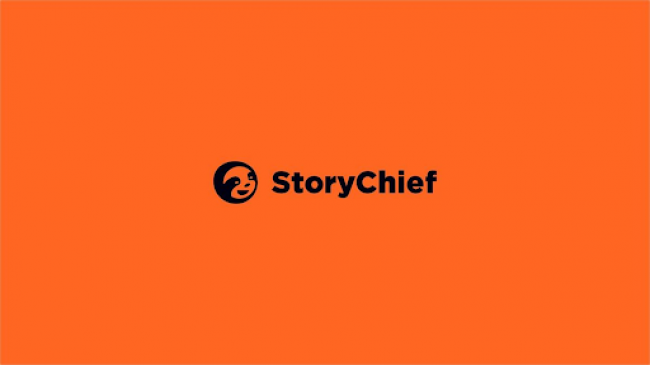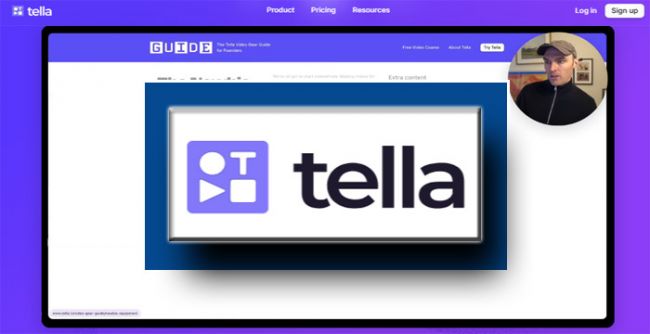Community building has evolved far beyond chat threads and single-page event listings. Today, successful communities need structure, scalability, and long-term engagement systems. Bevy positions itself as a platform designed specifically for this purpose, supporting large, distributed communities with decentralized leadership and centralized oversight.
This review covers everything you need to know about Bevy: what it offers, how it performs, where it works best, and what it may lack.
What Bevy Is Built For
Bevy is not intended for small-scale groups or casual online forums. It is designed for organizations that manage multiple community chapters—each with their own leaders, events, and audiences—yet need to ensure alignment across the ecosystem.
Bevy is particularly suited for:
- Developer communities across global regions
- Internal Employee Resource Groups (ERGs)
- Ambassador or user-led marketing programs
- Alumni, nonprofit, or education-driven networks
Its infrastructure is focused on governance, visibility, and scalability—rather than real-time chatting or lightweight engagement.
Notable Features of Bevy
Multi-Chapter Management
Manage dozens (or hundreds) of community chapters from one dashboard. Each chapter operates semi-independently while HQ retains visibility and control.
Role-Based Permissions
Assign granular roles (admins, moderators, event leads, etc.) across chapters. This encourages decentralization without compromising governance.
Event Management
Create and manage virtual, hybrid, or in-person events with registration forms, reminders, calendar invites, and built-in integrations (Zoom, Salesforce).
Discussion Forums
Asynchronous discussion areas allow members to communicate between events. While simple, they support engagement continuity.
Analytics Dashboard
Track attendance, engagement, activity by chapter, and historical performance. Admins can identify what's working, where to improve, and who’s contributing.
AI Features
Bevy offers AI-powered features to assist with content generation and task automation:
- Event ideas and discussion prompts
- Email writing assistance
- Live session transcription and summaries
These tools improve productivity, especially for overloaded teams—but they are not core to the platform's functionality. Bevy is not an AI-first tool; AI features play a supporting role.
_1744742982.jpg)
Strengths from a Real-World Perspective
- Built for structured, scalable programs
- Centralized oversight with decentralized control
- Supports multilingual and multi-timezone communities
- Works well with enterprise tools like Salesforce, Zapier, and Slack
Bevy fits organizations where local teams lead events or discussions, but HQ needs uniform data, consistency, and visibility.
Limitations to Consider
- No public pricing
There’s no transparent pricing structure, which can make budget planning difficult, especially for smaller teams. - Not suitable for informal communities
Bevy can feel rigid for communities that don’t follow a clear structure or don’t have local leaders. - Basic forum functionality
Its discussion areas are minimal. Those needing real-time chat or rich community spaces may find it lacking. - Initial setup requires planning
Migrating from Meetup, spreadsheets, or ad-hoc tools requires onboarding time, training, and setup investment.
How Bevy Compares to Other Platforms
| Platform | Best For | Key Trade-Off |
| Bevy | Large, structured, multi-chapter setups | High setup effort, centralized control |
| Circle | Creator-led communities & courses | Flexible but limited for multi-region programs |
| Mighty Networks | Paid memberships & interest-based groups | Visual appeal, less suited for strict governance |
| Discord | Informal, real-time communication | High engagement, low structure or oversight |
Bevy doesn’t try to compete with informal platforms. Its closest comparison is Circle—but only when Circle communities try to scale beyond 100 members and multiple teams.
Bevy is not a tool for early-stage creators, gamers, or casual group admins. Instead, it’s for organizations that need serious infrastructure, especially when managing a network of people, chapters, or global teams.
Ideal For:
- Enterprise or mid-sized companies with distributed user groups
- HR teams running multiple internal communities
- Education, advocacy, or nonprofit groups with regional activities
- Developer relations teams with technical community chapters
Not Ideal For:
- Solo creators or startup communities
- Hobbyist groups without structured roles
- Communities that prefer unstructured engagement styles
Final Summary
Bevy is a platform developed to support the operations of structured, distributed communities. It allows organizations to manage multiple chapters, assign roles, host events, and track performance, all from a centralized system. Its feature set includes chapter-based management, role-based permissions, event infrastructure, and engagement analytics.
The platform also offers AI-assisted tools to support content generation and task automation, though these are secondary to its core structure-driven capabilities. Bevy is generally used by organizations with formal community programs that require decentralized execution and centralized oversight.
Due to its architecture, Bevy may be more suitable for communities that already have defined roles, workflows, and goals. Informal or fast-changing groups may find their structure and setup requirements more extensive than necessary.
Post Comment
Be the first to post comment!
Related Articles




